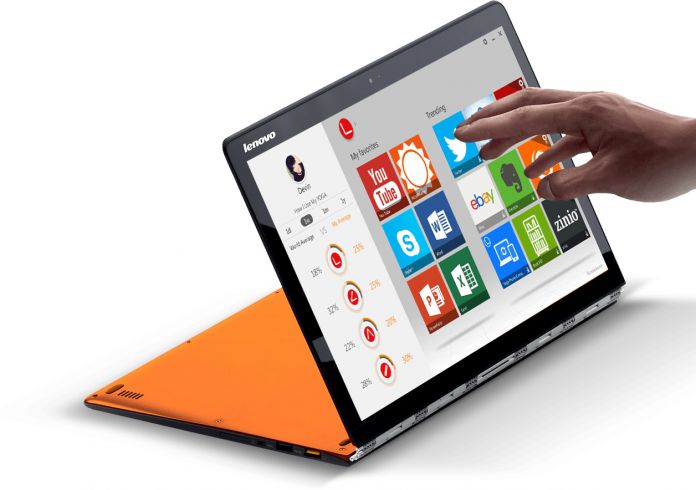Importantly, this release is also the first to support WinUI 3. However, as that 0.5 version number suggests, Project Reunion remains in preview. Still, developers can now use the platform for their production application. Project Reunion integrates Microsoft’s current Win32 and Universal Windows Platform (UWP) APIs. Win32 apps are legacy applications, while UWP is Microsoft’s modern app API. Under Project Reunion, the tool will also be available independently from Windows, allowing dev’s to use tools like Budget. Applications built on the services will function across any device running Windows 10. Microsoft says some APIs already work with Project Reunion, including WebView 2, MSIX, and WinUI 3. Aside from these basics, developers were confused over the potential of Reunion. Microsoft introduced Project Reunion at Build 2020 as a unification tool for Win32 and UWP app development on Windows 10. In a blog post announcing Version 0.5, Microsoft explains why this tool is so important to the Windows development environment: “You’ve told us that typically you have to wait for your users to update to the latest Windows OS before you can consider adopting the latest features and integrating them into your app. For some of you that could mean a 1-2 year delay in a new feature being available, you being able to adopt it, and users seeing it in apps.”
Details
Last year, developers were initially confused by the goals of Project Reunion. To clear up any misconceptions, Microsoft offered an explainer showing the following details:
“Project Reunion isn’t a new application model or platform from Windows. There won’t be a “new Project Reunion App” template for Visual Studio, VSCode, or other development environments. You’ll still have full access to the Windows SDK and associated kits. Over time the features that Project Reunion provides will grow beyond just merging the existing Win32 and UWP models and provide additional functionality for all apps to use. Project Reunion isn’t a new packaging or isolation model for applications. There won’t be required changes to your application in order to access Project Reunion functionality other than using the new functionality itself. If the APIs you use need identity or packaging these requirements will be indicated. Project Reunion isn’t a new security or privacy model for applications. Your app’s existing security, privacy, reliability, and identity stories continue to work with Project Reunion. There may be places that Project Reunion helps your app be more aware of customer security or privacy concerns. Project Reunion helps you use modern security & privacy functionality that evolves alongside your application’s needs. Project Reunion isn’t a way to run your app in the cloud. Using Project Reunion technology will help get your app on modern API families that are cloud ready. Key components like modern lifecycle and state isolation help get your app ready to run wherever your customers are.”
Tip of the day: Due to the various problems that arise with microphones, it can often be necessary to perform a mic test, but those wondering how to hear yourself on mic in Windows 10 are often left stumped. Microsoft’s OS doesn’t make it especially intuitive to listen to microphone playback or play the microphone through speakers. In our tutorial we show you how to hear yourself on mic with just a few clicks.




